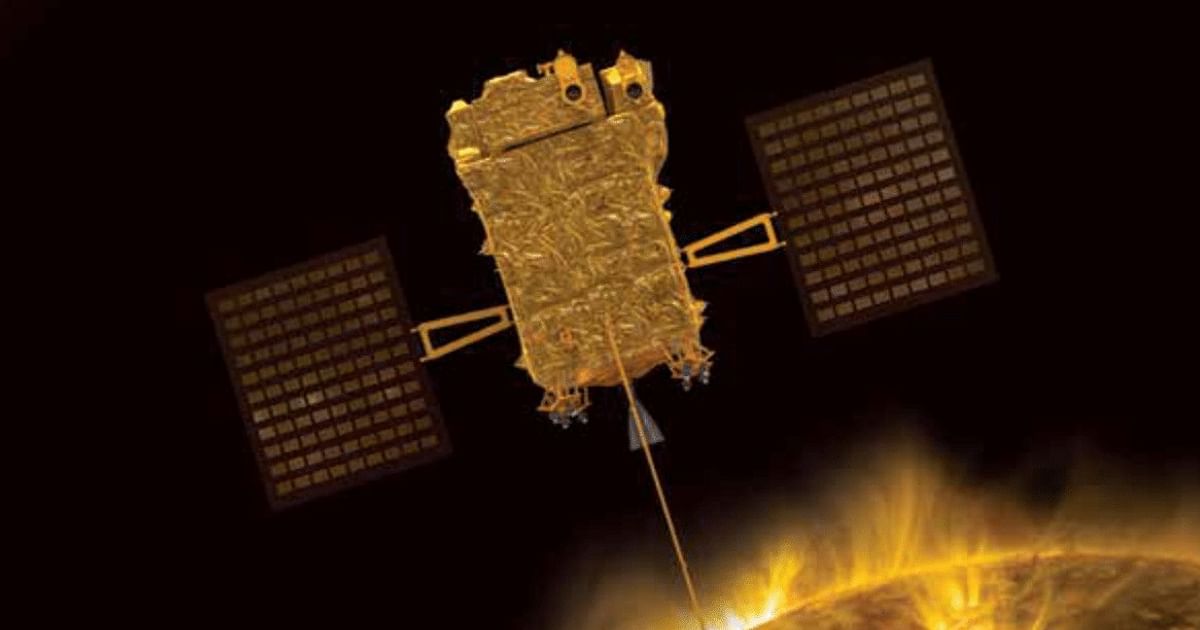
The Bengaluru-based Indian Institute of Astrophysics (IIA) is the lead institute for developing the Visible Emission Line Coronagraph (VELC) payload, while the Inter-University Center for Astronomy and Astrophysics, Pune, has developed the Solar Ultraviolet Imaging Telescope (SUIT) payload. for the task.
According to ISRO, VELC aims to gather data to solve how the temperature of the corona has reached about a million degrees while the surface of the Sun itself remains just over 6,000 degrees Celsius.
Aditya-L1 can provide observations of the halo, of the heliosphere and of the chromosphere using ultraviolet payloads and of flares using X-ray payloads. Particle detectors and a magnetometer payload can provide information on the charged particles and magnetic field that reach the halo orbit around L1.
The satellite, developed by the Aur Rao Satellite Center here, arrived at ISRO’s Sriharikota spaceport in Andhra Pradesh, earlier this month.
It is planned to be placed in a halo orbit around the L1 point of the Sun-Earth system.
ISRO indicated that the satellite located in the orbit of the halo around point L1 has the great advantage of seeing the sun continuously without any planets obstructing the view or causing eclipses. “This will provide an even greater advantage for monitoring solar activities and their impact on space weather in real time,” she said.
Using the L1 special observation point, four payloads will see the Sun directly, and the remaining three payloads are expected to carry out in situ studies of the particles and fields at L1, thus providing important scientific studies on the diffusive effect of solar dynamics in the interplanetary medium.
“The Aditya L1 SUITs are expected to provide the most critical information for understanding coronal heating problem, coronal mass emission (CME), preflare and flare activities and their properties, space weather dynamics, particle scattering and field etc,” ISRO said.
The main science objectives of the Aditya-L1 mission are: to study the dynamics of the solar upper atmosphere (chromosphere and corona); studying coronal and chromosphere heating, partially ionized plasma physics, coronal mass ejection initiation, and flares; observing the particle and plasma environment in situ and providing data to study the dynamics of particles coming from the sun; And the physics of the solar corona and its heating mechanism.
In addition, the mission aims to study the prognosis of coronal plasma and coronal loops: temperature, velocity, and density; The development, dynamics and origin of continuing medical education; Determine the sequence of processes occurring in multiple layers (chromosphere, basal corona, and extended corona) that ultimately lead to solar flare events; magnetic field topology and magnetic field measurements in the corona; and drivers of space weather (origin, composition and dynamics of the solar wind).
The Aditya-L1 instruments are set to observe the solar atmosphere, especially the chromosphere and corona. On-site devices will monitor the local environment at L1.

“Web maven. Infuriatingly humble beer geek. Bacon fanatic. Typical creator. Music expert.”





More Stories
Scientists confirm that monkeys do not have time to write Shakespeare: ScienceAlert
SpaceX launches 23 Starlink satellites from Florida (video and photos)
A new 3D map reveals strange, glowing filaments surrounding the supernova